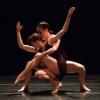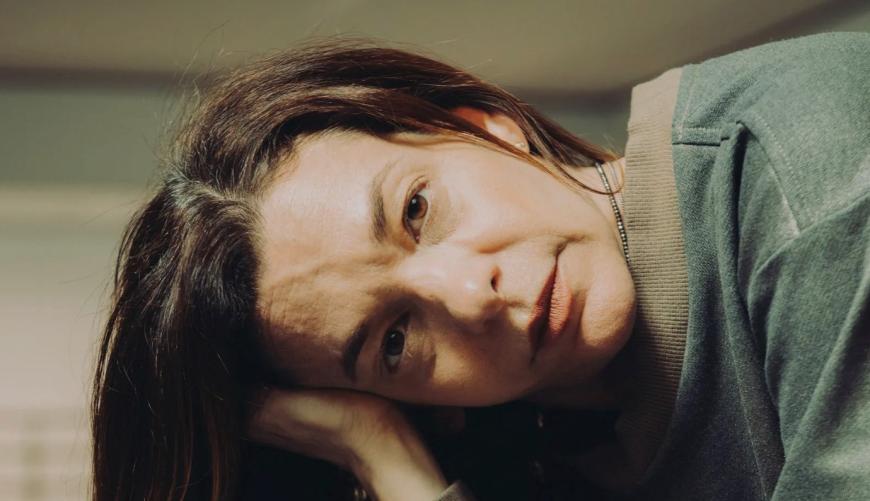
After several years of effort, SFDanceworks Artistic Director Dana Genshaft is finally able to introduce the work of New York-based choreographer Pam Tanowitz to San Francisco audiences. Tanowitz is in extremely high demand and only just now finding time to bring her dance to the Bay Area. Up until the moment of our phone interview, Tanowitz still hadn’t met Genshaft face-to-face, and the first rehearsals with SFDanceworks took place in New York. All the negotiations and scheduling had been done remotely, via Zoom or phone. Welcome to post-COVID times.
Tanowitz’s Gustave Le Gray No. 1 is making its West Coast premiere June 29 – July 2 at ODC Theater, part of SFDanceworks’ sixth season. She said that the piece, originally commissioned in 2019 for The Kennedy Center’s Ballet Across America series, which explores the depth and breadth of American ballet, was originally “made for two dancers from Miami City Ballet and two dancers from Dance Theatre of Harlem, but [it] only got one performance because it was a show shared between two companies. Then New York City Ballet loved it and licensed it from me.
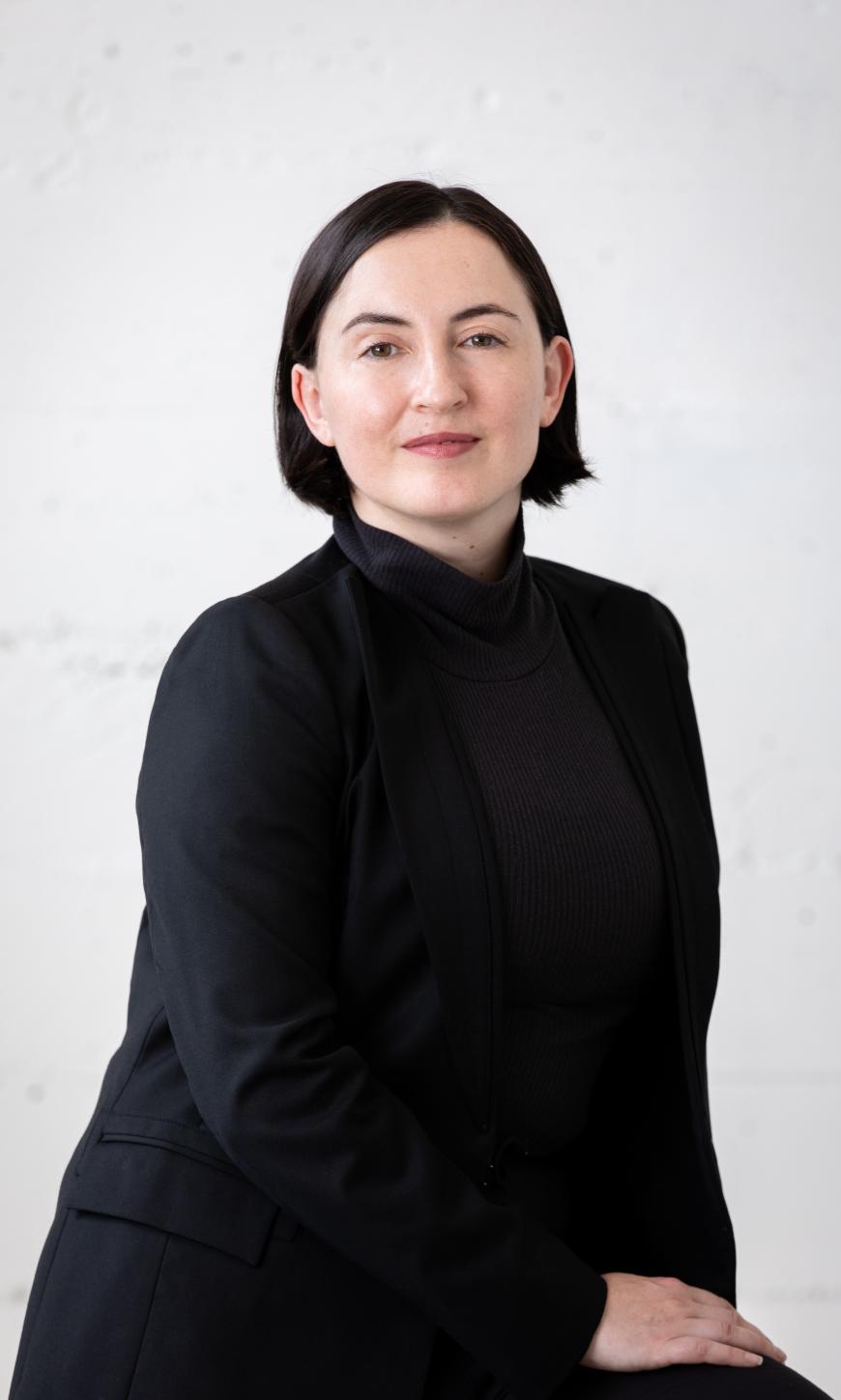
“I think it was attractive to Dana [and SFDanceworks] because it is a small piece for four dancers, with a live pianist playing music by composer Caroline Shaw. Today was our second rehearsal. I started brushing up the piece because it’s hard for me to just transfer steps. What’s really important to me is seeing who I’m working with. After two days, I’m slowly seeing them, and I want to create something that they can have ownership of. [I’m] doing little tweaks and freshening up. It’s important that what dancers dance is alive when performed, and you have an opportunity to create even little pockets of newness, and that’s really a great reflection of nowness. Just because you created originally on one person, when you are transferring it to another person, they have different strengths and different attributes that you might want to engage in a different way.”
Tanowitz grew up in Westchester County (just north of New York City), took ballet classes in high school, and went on to earn a bachelor’s degree in dance from the Ohio State University and then a master’s at Sarah Lawrence College under mentor Viola Farber. “I was in my last year of grad school, and they gave me $700 to do a show, which is like nothing. I remember telling Viola that they give you enough to hang yourself, and she said to me, ‘Don’t you go making dances you think they want to see.’ She really challenged me to stay true to myself, and that’s the thing I carry into the studio all the time.”
Tanowitz described her creative process. “I don’t like to always create the same way because I don’t think there’s a prescribed way of making a dance. I always plan before I go into rehearsal, though I don’t always stick to that plan. But I always write in my notebook. Sometimes the music is the first thing, sometimes the movements, sometimes an idea or something I’ve been inspired by. I’m very into movies like the French Nouvelle Vague. Not that I want to make a dance that looks like a certain movie. It’s more about the directors’ approach.
“I don’t want to make the same dance over and over again. I want to challenge myself, give myself new rules, new inspirations. A lot of times it’s a problem that I didn’t quite work out in one dance that I feel I was able to tackle. Sometimes instead of going back to that dance, I let it go, or I carry forward some of the ideas into a new piece and reframe them.”
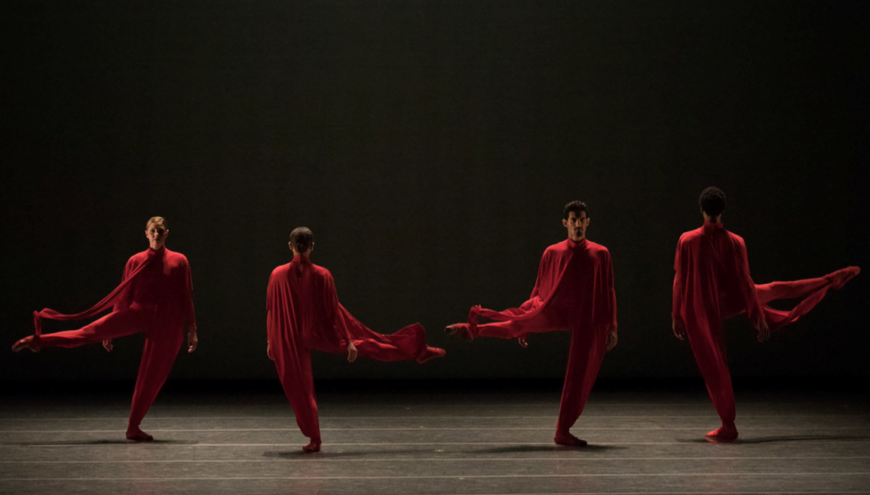
Because Tanowitz works with both ballet and modern companies, from The Royal and Australian Ballets to the Martha Graham and Paul Taylor Dance Companies, as well as her own Pam Tanowitz Dance, she has to approach dancers in different ways. “It really just depends if I’m making for a ballet company that is totally different than my own modern dancers. I try to read the room. I feel like I’m collaborating with those dancers, with not just them but their histories and the history that they carry in their bodies. [That’s] also really important to me. So each situation dictates what I’m doing. But I do feel like there is a continuity to what I’m doing, even though it’s in different environments. How I create steps and what I use steps for and how I sort of deconstruct certain balletic forms is still always constant. It’s just highlighted in different ways.
“When I’m working with ballet dancers, I say to them, ‘I’m [not just] telling you this is how I create work and this is the [one] style I’m interested in. This one is not better than the other. This is just another choice and is just more for you and your toolbox as performers to do both.’ Dancers have to be super versatile.”
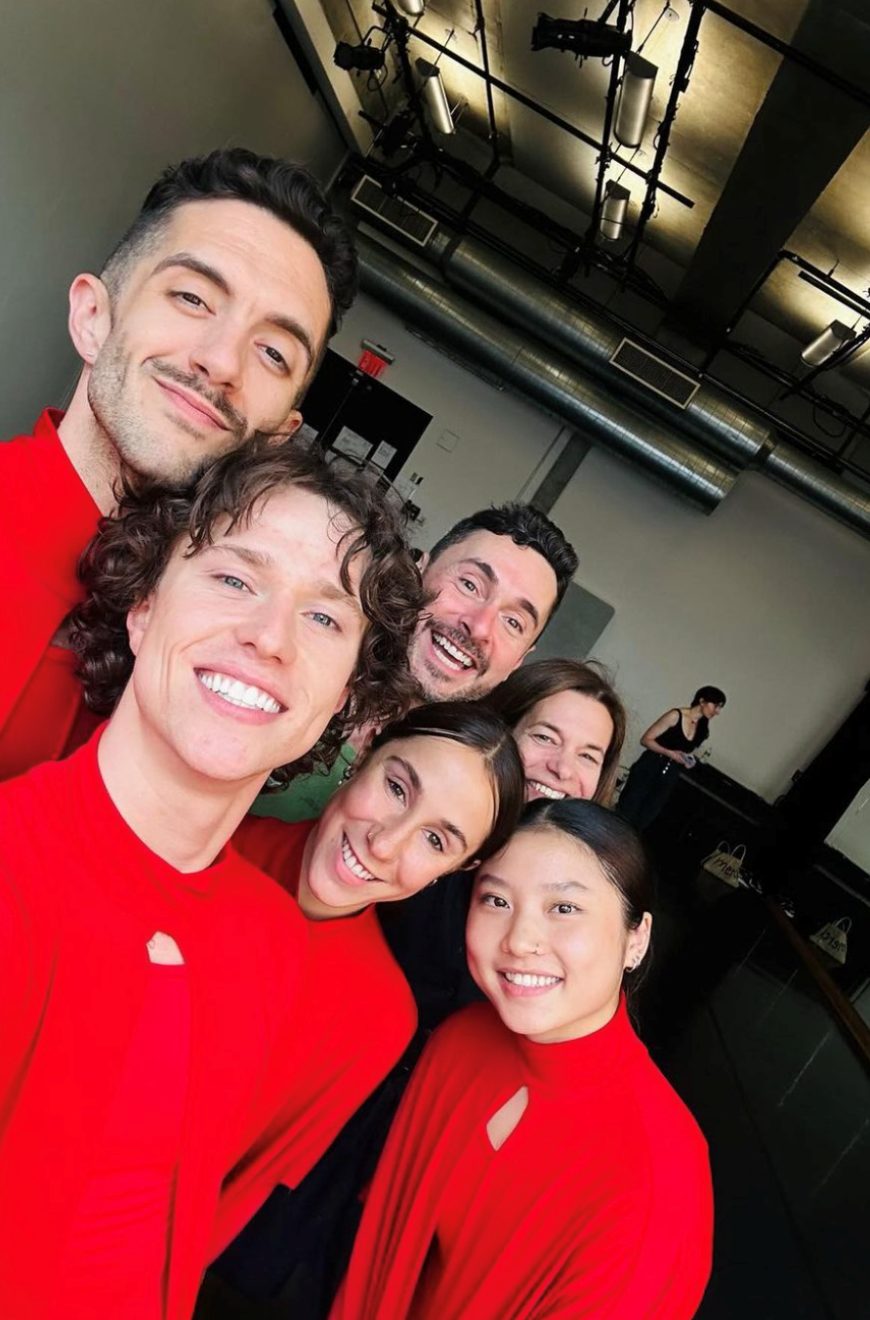
Tanowitz said that when she worked with the Martha Graham Dance Company, “the piece I made was super specific because Janet [Eilber], the artistic director, was involved. We had a very specific conversation about what I would do, which was in direct dialogue with some of Martha Graham’s specific works. So I had to deconstruct her movement, and I would combine her movement with mine. The dancers had learned certain phrases from pieces that I picked out, so I could play with those before they even walked into rehearsal. And that was so much fun. I like to change genders, so certain material that was just for women I had the men do and vice versa. I love dance history, so it was a great way to bounce off and have a dialogue with other situations that aren’t as clear.”
Tanowitz further reflected on her process: “Sometimes I think, ‘Oh, that’s what I make for ballet, and that’s what I make for modern dancers.’ Then at a certain point in my career, I just said, ‘Dancing is dancing.’ I’m attracted to clean lines, and I love footwork and different ideas that have the same step where the accent will be different than what’s ‘normally’ done.
“It’s also very exposing for the dancers because I’m not having them be someone else. I was telling the dancers today in rehearsal they’re not performing for the audience. There is an intimate group [that] they’re performing with, and for each other, and the audience just happens to be there. So in that sense, it’s exposing because what I’m really asking them to do is to present and be themselves, and my movement is created as a framework, but it’s really them that brings it to life. Each group of each company, and each dance and the dancers that I work with, are different, and that’s what creates the different textures.”
Until the 1970s and ’80s, there was a rigid divide between ballet and modern dance. Fortunately, that barely exists anymore. Tanowitz said, “I’ve noticed my pieces, like my last piece for New York City Ballet, called Law of Mosaics, is actually more experimental, in some ways, than the piece I just made for my own company, called Song of Songs, which is actually a lot more formal in presentation. It wasn’t something that I did on purpose. It just sort of came out. Then I made this duet for The Royal Ballet that was really experimental, and some of the audience loved it and trusted me and went with it. And some probably really didn’t.”
Tanowitz continued, “Twyla Tharp mixed [ballet and modern dance] back in the ’70s and ’80s. It’s been happening, but it still feels like there is a separation. There are choreographers that make dances in the ballet world … and they do it really well. I don’t like [it] if someone’s hiring me to make a ballet and they’re wanting something else and I actually can’t do the other thing. I don’t create story ballets. But when they’re wanting me to come, in their way they want their dancers to experience something different.”
Don’t miss SFDanceworks’ sixth season. In addition to Tanowitz’s Gustave Le Gray No. 1, the program includes premieres from Laura O’Malley, Bryan Arias, and Alexander Anderson; an award-winning piece by Alba Castillo; and vintage masterpieces choreographed by José Limón.


